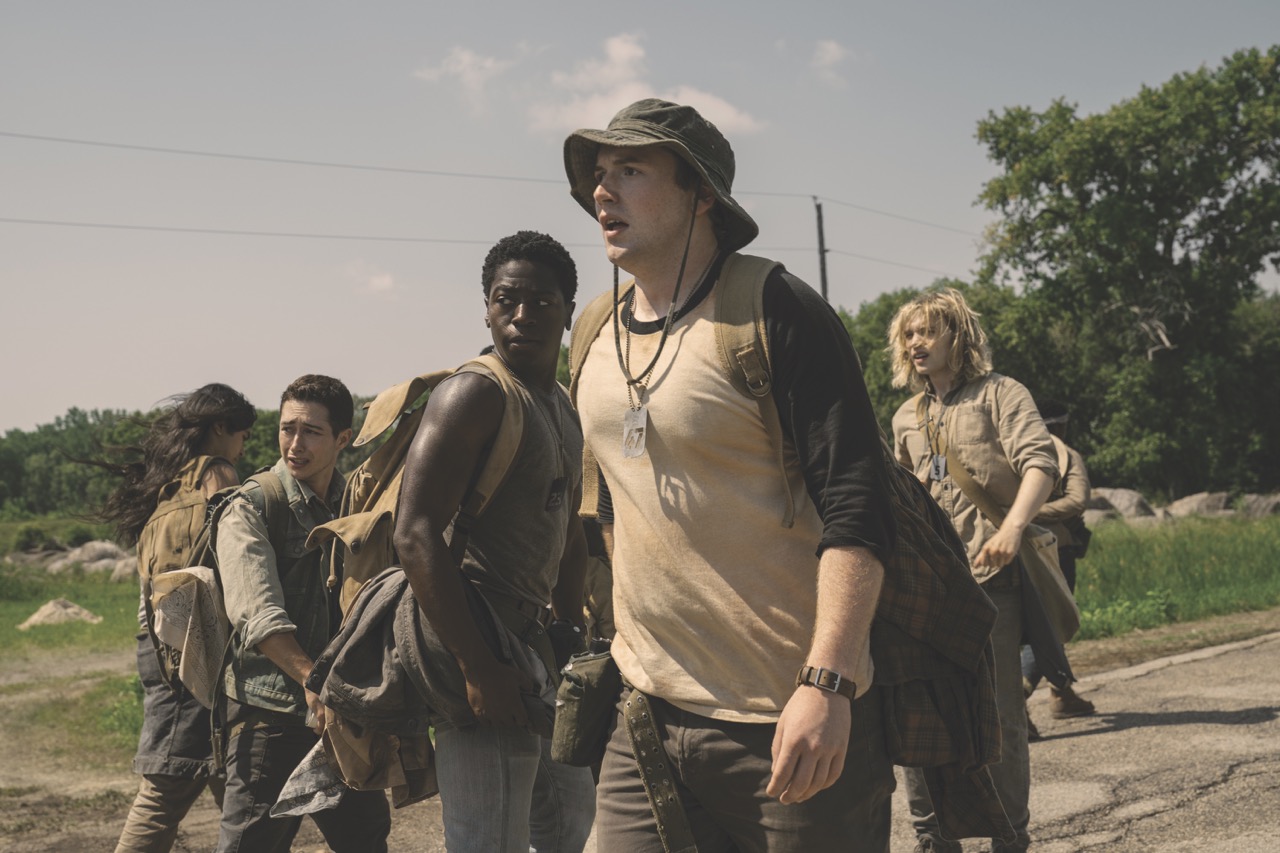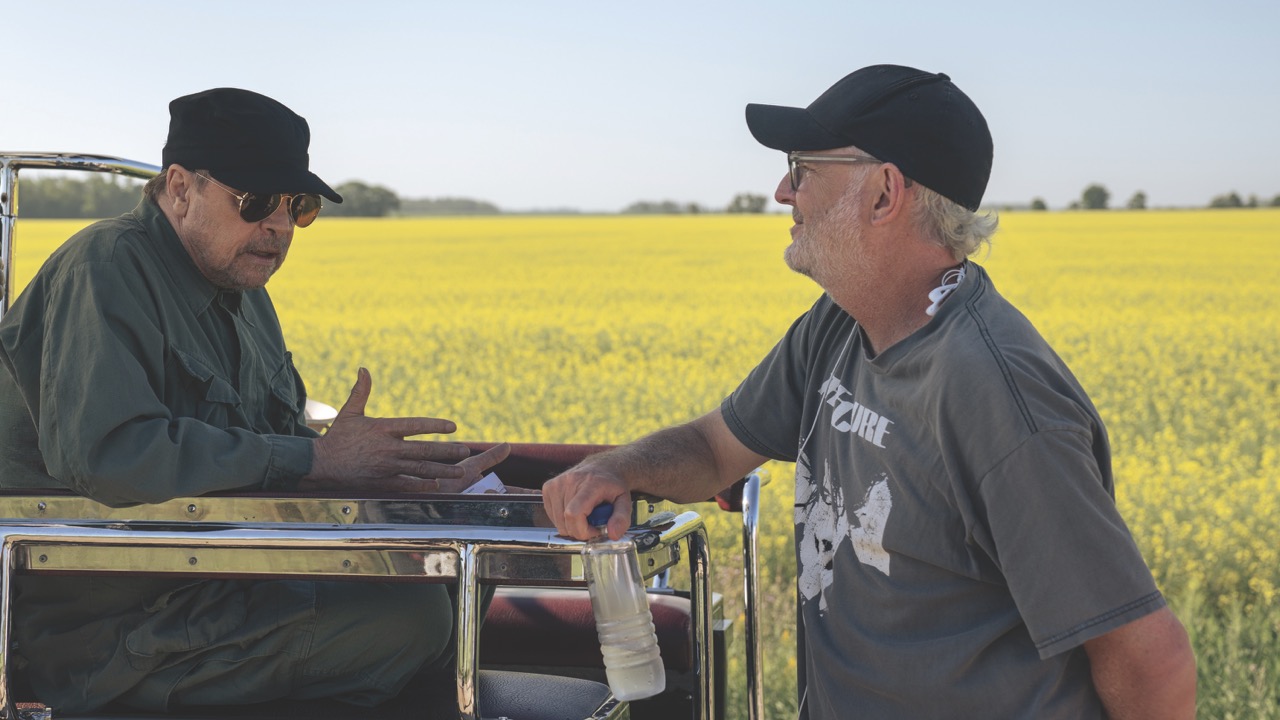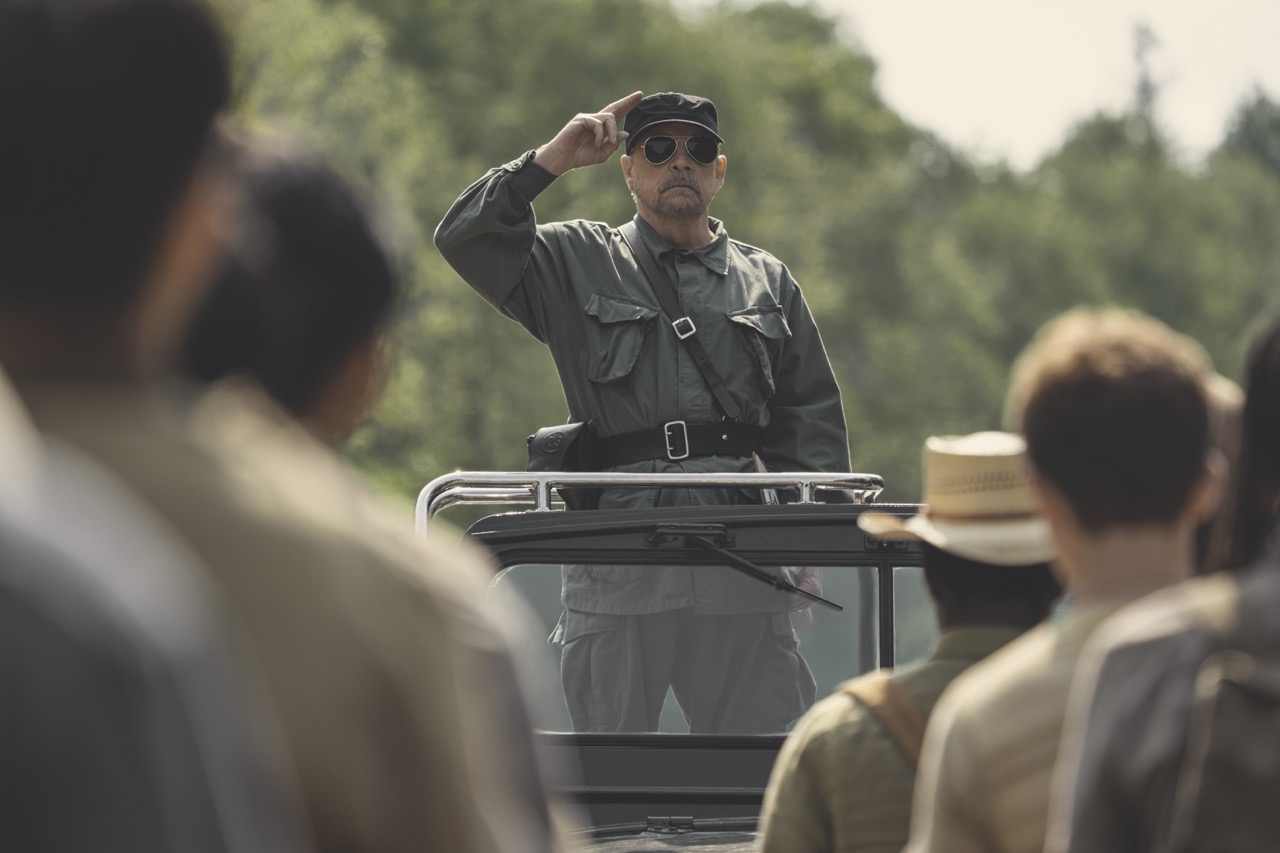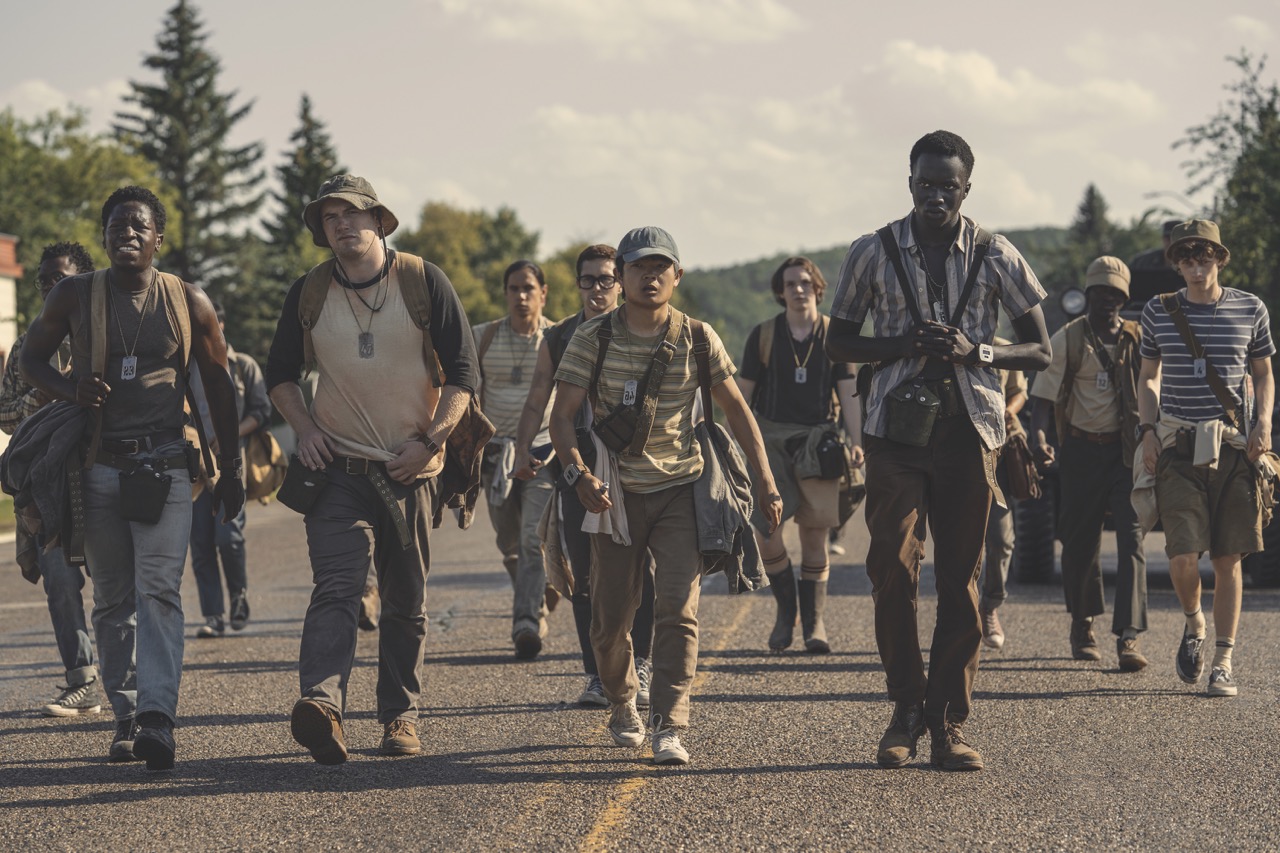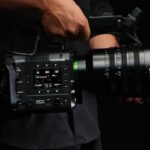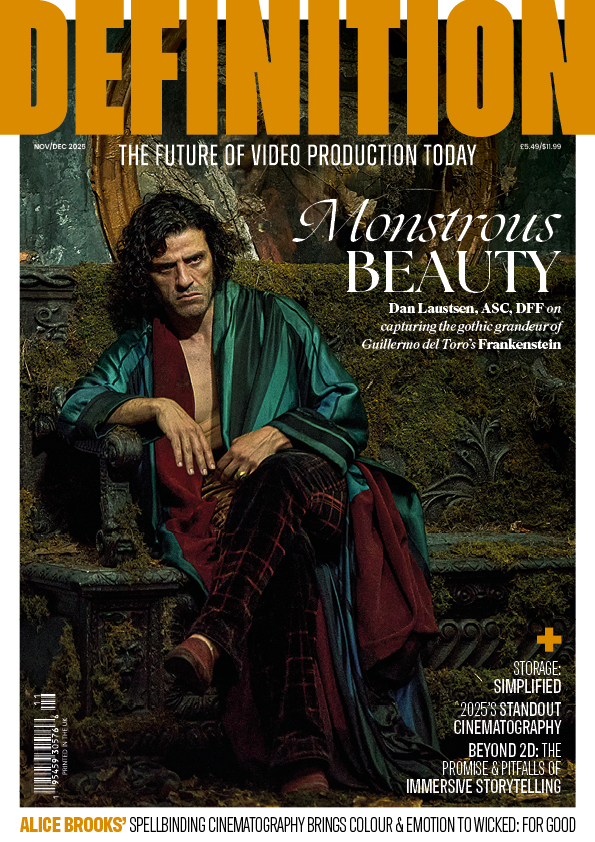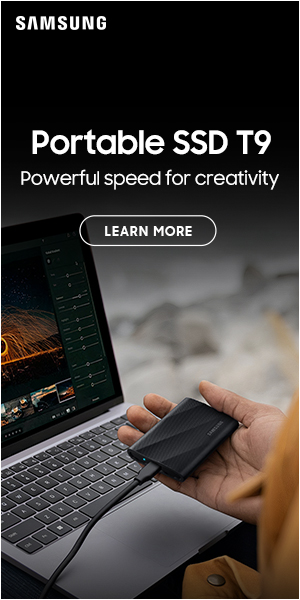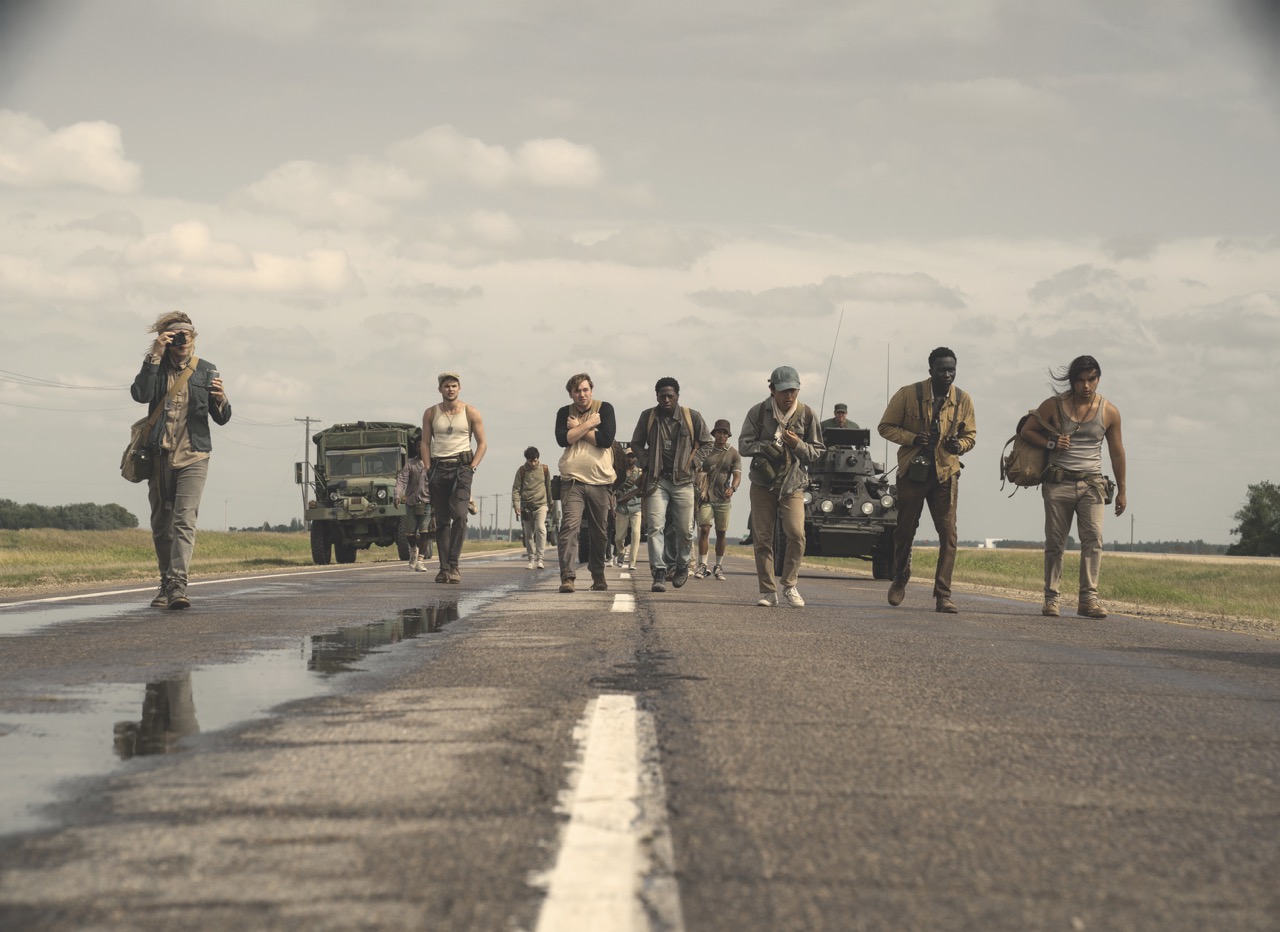
Production: The Long Walk
Posted on Sep 19, 2025 by Admin
Definition learns about the camaraderie between cast and crew on the set of The Long Walk in talks with DOP Jo Willems, ASC, SBC
Words Oliver Webb | Images Lionsgate Films
Based on the 1979 novel of the same name by Stephen King, (although originally published under the pseudonym Richard Bachman), The Long Walk is the latest King adaption to grace our screens. The narrative follows a group of teenage boys compete in an annual contest known as the Long Walk, where they must maintain a certain walking speed or be shot. This film marks Jo Willems, ASC, SBC and director Francis Lawrence’s seventh feature collaboration.
“Francis and I have worked together since the early 2000s,” begins Willems. “We met in the music video world, and our early projects included Justin Timberlake’s Cry Me a River and POD’s Boom. We reunited much later, working on TV pilots – then he asked me to do The Hunger Games: Catching Fire and we’ve continued to work together since.”
The Long Walk was a smaller project in comparison, and Lawrence once again approached Willems about getting involved. “I read the book and said of course, as I was into it,” he says. “This was a real passion project for Francis, as it’s one of his favourite novels. It’s essentially a metaphor for the Vietnam War, about this brutal event that these young men are drafted into. For the look of the film, I looked at lots of Vietnam War photography to really grasp that period of history.”
Willems shot the film using the ARRI ALEXA 35, in Super 35 format with regular anamorphic lenses. “I’ve shot commercials with the ALEXA 35, as well as an episode of Black Mirror, and I really liked that camera. Since I was approaching this film with almost no equipment, no lighting and no control, I wanted a camera that had dynamic range and was also good with skin tones. I sometimes put it at a higher ISO, but I don’t think I ever went higher than 2500.”
It was important for Willems to achieve a look grounded in reality. “We had more modern lenses, but Panavision made some adjustments to make them look grittier and less perfect,” he notes.
“I didn’t want anything too vintage, instead going for a slightly softer feel to emulate the look of the late sixties and early seventies. It was warm and muted, and at times even quite beautiful. I wasn’t trying to make it too gritty and, although there was a beauty to it, it wasn’t glossy or slick either. I think that’s where Francis and I have a good connection. We both have a similar sense of what our films should ultimately look like visually. It’s about trying to adapt to what the story is in a way that’s authentic to the material.”
Production was based out of Winnipeg and the shoot lasted for 35 days. “All of our locations were really spread out, across the whole of Manitoba,” explains Willems. “We would drive out to these very remote areas and camp there for a few days, then move onto the next location. We shot over the summer and it was very hot the first few weeks – there were a lot of forest fires to contend with. We had hoped for beautiful blue skies with big, fluffy clouds, but it was just blank skies.”
Willems and the team decided they would shoot regardless of the weather. “We would wet the street down when we didn’t know whether or not it would rain,” he adds. “Then we were prepared in case it ended up raining, or we could just add in the rain instead. For the most part, I couldn’t light anything, because we were literally walking along with the characters. We would start shooting in the morning with the sun behind us, and as it came around, we would go into profiles. Then, as the day ended, we would shoot towards the west, and then repeat that daily. If it was an overcast day it was slightly easier, but there were occasions when we would have to wait for clouds.”
Due to being constantly on the move, the light sources came from the military trucks depicted in the film. “We had these military trucks, one at the front and one at the back, and we decided to put some lights behind each one,” said Willems. “That way I’d have backlighting either way. Then we had three other vehicles surrounding the cast, and I ordered some halogen lights online to put on those. We tested those lights and then put them on the vehicles as extra light sources. We did have lighting to replicate streetlights, but everything had to be seen on camera. There were some night scenes where the characters were in pitch black, just walking in the dark, which helped this feel more real, rather than trying to create an artificial environment.”
The film was shot in chronological order, bar the odd exception. “That was interesting, because I haven’t worked in that way before. From the moment the Long Walk begins, until the end of the movie, the camera never stops moving. There was maybe one shot where the camera doesn’t move. We would shoot scenes top to bottom; from start to finish. Francis likes to run whole takes, and he doesn’t want to break them up into pieces, so if an actor fluffed their lines we had to go all the way back to the start.
Having worked together for a number of years, on various projects, Willems understands Lawrence’s way of working. “Francis and I work in tandem, and I understand his taste. He doesn’t like equipment to get in the way. I’ve learnt how to make an image that has dramatic and emotional impact without getting in his way. I also felt that this film benefitted from some bits mismatching, in the sense that not everything was perfect, which worked for this.”
The team also had a Filmotechnic Telescopic F27 camera crane with a remote head fitted to a small electric vehicle. “We were nervous for the first few days, as we weren’t sure if it would work, and the roads weren’t all that great either, but we got into a groove and just went for it. I really enjoyed it actually, it was good fun to work on. Francis and I would sit on a golf cart with a monitor, and just start moving. We had cameras on tracking vehicles, and we’d just shoot. Then, as we landed at point B of the scene, we would all have to walk back. At one point, the second AC came up to me and said, ‘I’ve just reached 500 kilometres.’ So we really did the long walk ourselves. It was very much a joint effort.”
Willems was impressed by how prepared the actors were, especially with how physically demanding the long takes were. “There was a real camaraderie between these guys,” he says. “So it was quite sad when a character was killed off, because the actor would have to leave and go back home. In a sense, the film reflected what was going on because of this unique set-up we had on set – without anyone actually dying obviously!”
A number of VFX shots were required for the kill scenes, and the VFX team were always present on set. “It’s funny,” recalls Willems. “When I saw the film for the first time as a rough cut, it was a completely different experience from being on set, because the VFX makes a huge impact. It looks so real and shocking. It was quite brutal and violent, but of course being on set you can see the kills aren’t real.”
“This is probably one of Francis’ most authentic and grounded-in-reality films, despite being set in this dystopian world,” says Willems. “It’s very different from his fantasy work. It’s always great to work with him, and I came away feeling like this was a real communal experience, where I connected with both the actors and the material. Francis and I, sat next to each other in this little golf cart covered in black tarp in the heat, were just constantly bouncing off each other. It was super fun.”
This story appears in the September/October 2025 issue of Definition


